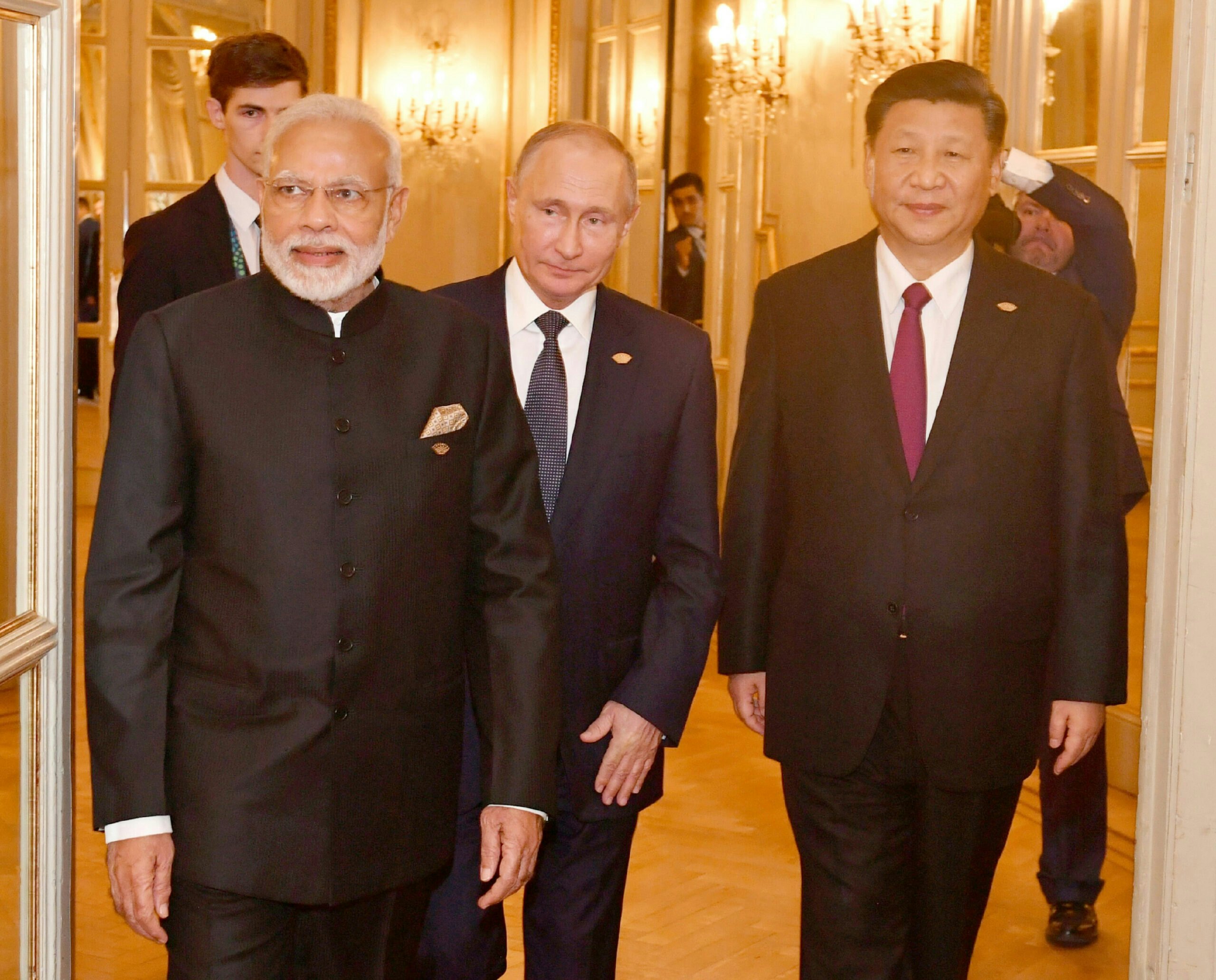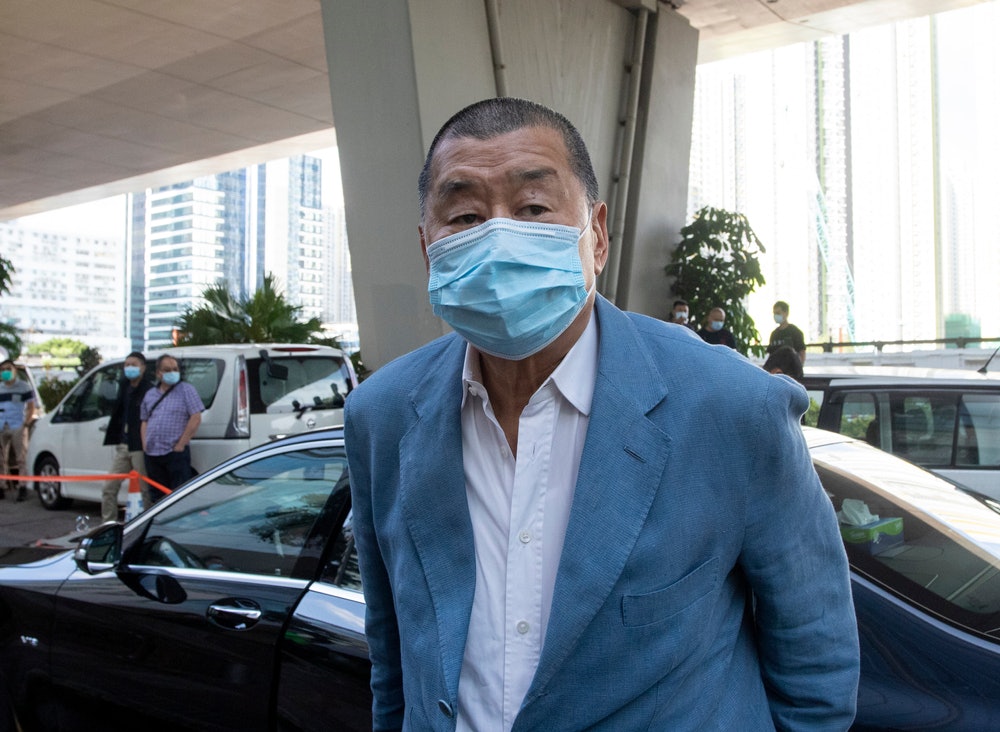While visiting Ukraine in late August, India’s Prime Minister Narendra Modi told his counterpart Volodymyr Zelensky that he came “as a friend,” reaffirmed his support for Ukraine’s sovereignty and territorial integrity, and pledged to play any role “toward peace.”
The visit – while helpful on its face – brought to light the complex reality of India’s delicate balancing act on the Ukraine war. Only six weeks prior to his visit to Ukraine, Modi visited Moscow, where he was seen warmly embracing “his dear friend” Russian President Vladimir Putin. While Modi was in Moscow, Putin’s army bombed Ukraine’s largest children’s hospital in Kyiv – a heinous act that to his credit, Modi promptly condemned.
The United States and the European Union must cautiously, but firmly, exert increased pressure on India to play a more constructive role in the Ukraine conflict. It’s not just the jarring optics of India trying to sit on two chairs at the same time, but cold hard facts. Since the beginning of the full-scale invasion of Ukraine, both India and Russia have economically benefited from Ukraine’s tragedy. Russia is now India’s second-largest trading partner and India is the biggest global buyer of Russian oil, surpassing even China. Last week, the Financial Times reported that Russia set up a “secret trade route” with India to acquire sensitive electronic components, possibly to circumvent Western sanctions.
Russia remains India’s top arms supplier, although this decades-old dependency is diminishing as a result of more weapon purchases from the West and Russia’s capacity issues during the war in Ukraine.
For the United States, these should be seen as disconcerting facts coming from the world’s largest democracy and one of its top strategic global partners. The U.S., which has tread carefully to date, is starting to take action. In April, the U.S. Treasury Department imposed sanctions against three Indian companies for facilitating Iranian weapons transfers to Russia. In June, Treasury targeted several more Russian and Chinese entities based in India. However, the biggest target of them all – Russia’s booming oil trade with India – still remains exempt from sanctions.
The China factor complicates these matters for all parties involved. For Ukraine, the country’s goal to stop India from supporting Russia’s war effort is patently clear. For India, developing relations with Russia is a key component of its efforts to contain Beijing, especially in light of the rapid growth of Russia-China relations since the full-scale invasion of Ukraine in February 2022.
For the United States, its next steps must be calibrated enough to not upset India’s generally positive trajectory in its ties with the U.S. over the last two decades. On Sept. 21, the U.S. will host another meeting of “the Quad” (U.S., India, Japan, and Australia), a key Indo-Pacific informal alliance that the United States has prioritized in part to contain Beijing’s authoritarian ambitions. Despite the Ukraine war, it is China that most U.S. policymakers view as the pre-eminent long-term strategic challenge for the United States, and growing U.S. relations with India are seen as a key component of containing Beijing’s rise.
The United States has a plethora of diplomatic, economic, and security tools in its arsenal to incentivize India to take a stronger stance against Moscow’s brutal full-scale war in Ukraine. U.S. policymakers must argue that the national interests of both the U.S. and India are at stake while Russia continues its gross violations of international law and the Beijing-Moscow axis of authoritarianism continues to strengthen. Hopefully, our friends in New Delhi will listen.
































